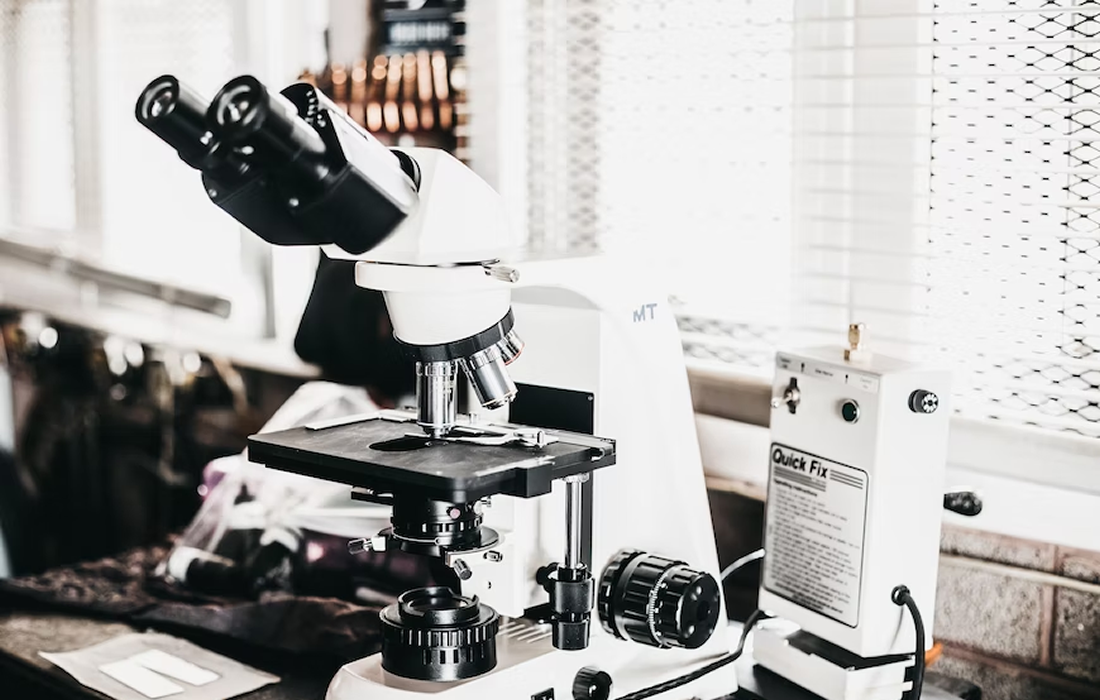Regenerative Medicine News and General Information
The Blood Stem Cell Research That Could Change Medicine Of The Future
Biomedical engineers and medical researchers at UNSW Sydney have independently made discoveries about embryonic blood stem cell creation that could one day eliminate the need for blood stem cell donors.
The achievements are part of a move in regenerative medicine towards the use of ‘induced pluripotent stem cells’ to treat disease, where stem cells are reverse engineered from adult tissue cells rather than using live human or animal embryos.
In a study published today in Cell Reports, researchers from UNSW School of Biomedical Engineering demonstrated how a simulation of an embryo’s beating heart using a microfluidic device in the lab led to the development of human blood stem cell ‘precursors’, which are stem cells on the verge of becoming blood stem cells.
And in an article published in Nature Cell Biology recently, researchers from UNSW Medicine & Health revealed the identity of cells in mice embryos responsible for blood stem cell creation.
Both studies are significant steps towards an understanding of how, when, where and which cells are involved in the creation of blood stem cells.
In the future, this knowledge could be used to help cancer patients, among others, who have undergone high doses of radio- and chemotherapy, to replenish their depleted blood stem cells.
In the study detailed in Cell Reports, lead author Dr Jingjing Li and fellow researchers described how a 3cm x 3cm microfluidic system pumped blood stem cells produced from an embryonic stem cell line to mimic an embryo’s beating heart and conditions of blood circulation.
These systems promoted the development of precursor blood stem cells which can differentiate into various blood components — white blood cells, red blood cells, platelets and others. They were excited to see this same process — known as haematopoiesis — replicated in the device.
The researchers are cautiously optimistic about their achievement in emulating embryonic heart conditions with a mechanical device.
They hope it could be a step towards solving challenges limiting regenerative medical treatments today: donor blood stem cell shortages, rejection of donor tissue cells, and the ethical issues surrounding the use of IVF embryos.
Meanwhile, and working independently of Dr Li and A/Prof. Nordon, UNSW Medicine & Health’s Professor John Pimanda and Dr Vashe Chandrakanthan were doing their own research into how blood stem cells are created in embryos.
In their study of mice, the researchers looked for the mechanism that is used naturally in mammals to make blood stem cells from the cells that line blood vessels, known as endothelial cells.
In their paper, Prof. Pimanda and Dr Chandrakanthan described how they solved this puzzle by identifying the cells in the embryo that can convert both embryonic and adult endothelial cells into blood cells. The cells — known as ‘Mesp1-derived PDGFRA+ stromal cells’ — reside underneath the aorta, and only surround the aorta in a very narrow window during embryonic development.
Dr Chandrakanthan said that knowing the identity of these cells provides medical researchers with clues on how mammalian adult endothelial cells could be triggered to create blood stem cells — something they are normally unable to do.
While more research is needed before this can be translated into clinical practice — including confirming the results in human cells — the discovery could provide a potential new tool to generate engraftable haematopoietic cells.
Sources:
Jingjing Li, Osmond Lao, Freya F. Bruveris, Liyuan Wang, Kajal Chaudry, Ziqi Yang, Nona Farbehi, Elizabeth S. Ng, Edouard G. Stanley, Richard P. Harvey, Andrew G. Elefanty, Robert E. Nordon. Mimicry of embryonic circulation enhances the hoxa hemogenic niche and human blood development. Cell Reports, 2022; 40 (11): 111339 DOI: 10.1016/j.celrep.2022.111339
University of New South Wales. (2022, September 13). The blood stem cell research that could change medicine of the future. ScienceDaily. Retrieved March 23, 2023 from www.sciencedaily.com/releases/2022/09/220913110423.htm
Image from:
https://unsplash.com/photos/BQ95Oc7Nvvc

